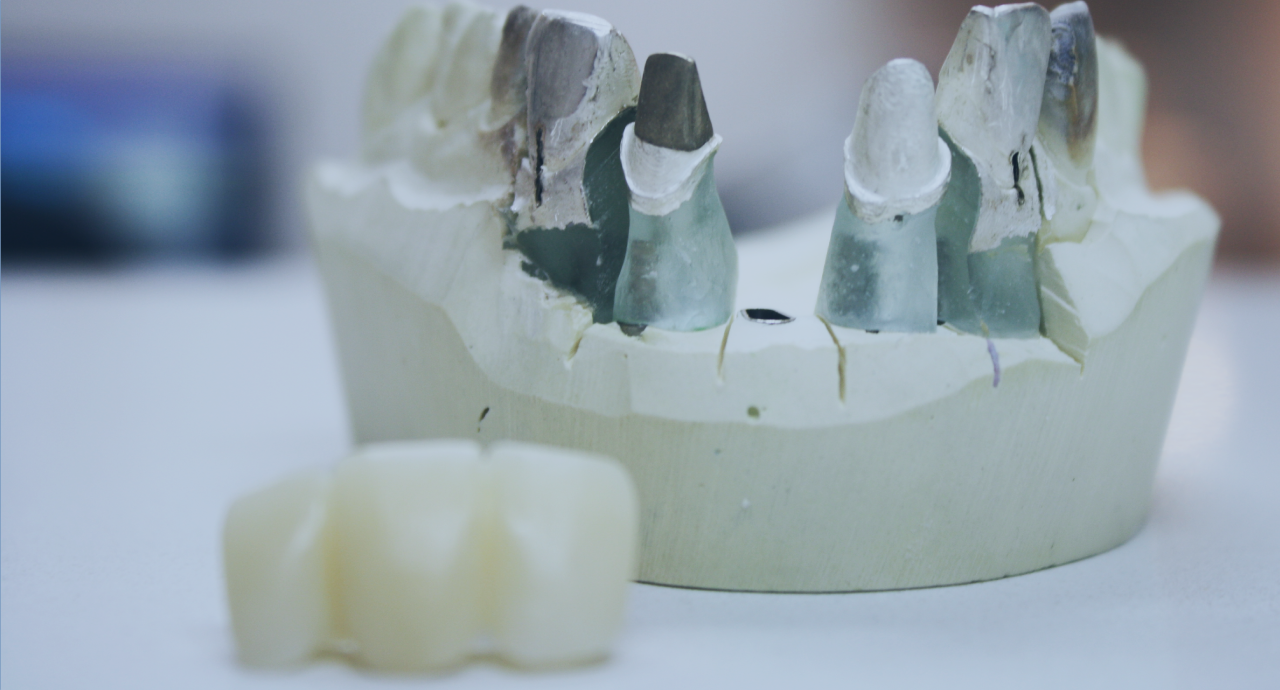
We have been carrying out composite resin buildups for the last 25 years. A very common problem in dentistry is excessive tooth wear caused by heavy tooth clenching and grinding as well as damage caused by acid from the stomach or from dietary sources such as acidic drinks or acidic foods. The damage caused by this is obvious as very heavily worn teeth. This is more common in older people. In younger people, significant tooth way is normally associated with acid reflux problems. Acid reflux problems can be medical or psychological. In any case, the result is significant loss of the surfaces of teeth. Once this tooth surface is damaged and lost, further damage will accelerate or increase more quickly. A treatment to address this and repair the teeth involves bonding composite resin or dental tooth coloured plastic directly to the affected teeth. This composite resin then restores the teeth to their original shapes. It does wear slowly over time and will usually last for approximately 7 or 10 years. Once it has worn out completely, the procedure is replaced. This process protects the original tooth surfaces so that further loss of tooth structure is prevented. The drawback or limitation of this treatment is that it lasts for a medium period and will need to be replaced. The advantages of the treatment are that no further damage or drilling is carried out on tooth surfaces to allow for replacement or bonding of the new restorations. It is an excellent way of repairing teeth which is both affordable and practical for many people.
What is the process for getting Composite resin buildup?
Examination and Consultation
Composite resin buildup treatment is carried out where teeth are damaged, worn, or broken. In many cases, people will consult with us when they are aware their teeth have worn down excessively. Tooth wear can be caused by very heavy tooth clenching and grinding, excessive acidic foods or drinks, gastric reflux and other stomach conditions. Tooth wear can also be a result of breakdown and loss of large fillings in teeth. Composite resin buildup treatment is a relatively simple and straightforward way of restoring teeth to the original shape and height using a bonding system which attaches the filling material directly to the teeth. Little if any drilling is required to carry this out. In many cases the aesthetic shape and colour of the teeth is returned as a similar state to the original teeth. Composite resin does wear more quickly than natural teeth. The normal lifespan of this type of treatment is between 7 and 10 years. As the composite resin buildups wear down, the underlying teeth are protected. These composite resin buildups can be replaced at approximately 7 or 10 year intervals. This ensures that teeth will last for a lifetime. At the consultation appointment, we will determine which teeth will need to be added to. We will be able to give an idea of the approximate lifespan of the restorations. We also give a comprehensive and accurate cost estimate for the treatment including Items numbers.
The Procedure
Any stained, broken, or defective restorations are removed from the teeth. Any decay is also removed. Composite resin bonds to healthy enamel and dentine. The bond strength to old restorations and unhealthy tooth structure is quite poor. Once the teeth are prepared, they are etched and a bonding resin is placed on the teeth and is set with a high intensity visible light. Once this is done, the composite resin material is then added to the teeth and built-up in teeth shapes. Normally the front teeth are built up initially. At this point, the bite is assessed and corrected. Once the front teeth have been built up and shaped, the posterior or back teeth are added too. The teeth are adjusted so that the bite or occlusion is comfortable. We will then review these teeth in approximately 10 days to reassess that the bite is correct and that the aesthetics are satisfactory. Any changes necessary are carried out at the second review appointment.
Care
Initially following the procedure, there can be some discomfort normally in the jaw muscles. This usually happens because the procedure is carried out over a long period normally between 2 and 3 hours. Jaw muscles become quite fatigued and will often be uncomfortable for approximately 24-48 hours following the procedure. Normally local anaesthetic is not required. There is generally no sensitivity in the teeth following this procedure. The new bite position which is often opened by approximately 4 or 5 mm is usually quite different and prominent. Most people become accustomed to the bite position within 3 days. It can affect your speech subtly and will also affect chewing and eating for a similar period. Most people adapt to this new position within 3 days. Normal cleaning and flossing is necessary to maintain the restorations. As the restorations are plastic, it is advisable not to chew very hard objects. This includes biting fingernails and opening containers or plastics. These habits will usually break or chip the composite resins. Unlike ceramic restorations, composite resin materials are very quick and easy to repair.


